Weimar’s new Bauhaus Museum set to open in April 2019
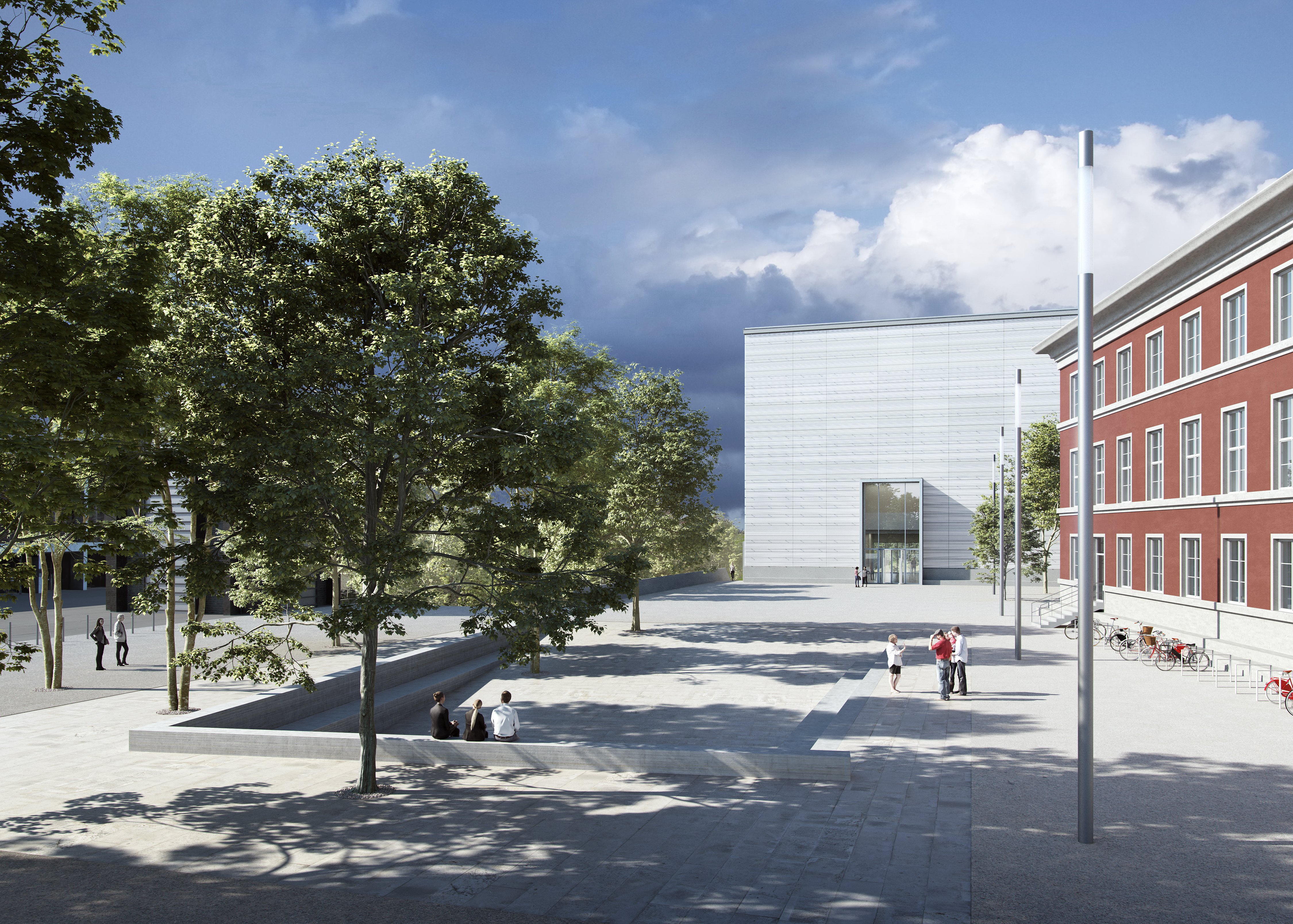
To mark the 100 years since the birth of the Bauhaus art, design and architecture movement, Germany is restoring and renovating its existing Bauhaus buildings and opening two new museums dedicated to the school and its revolutionary output. The first is due to be inaugurated on April 6th 2019 and located in Weimar in eastern Germany.
Designed by Berlin-based architect Heike Hanada, it will be the first dedicated space for showcasing the collection of objects and projects created and made in the city between 1919 and 1926 (after that the school was forced to relocate to Dessau due to political and financial pressures).
The museum is conceived as a monolithic cube sitting atop a concrete base with an exterior defined by horizontal ‘floating’ panels of opaque glass and an asymmetrical grid of fine black lines that create a regular rhythm. At night, 24 white LED lines light up and accentuate the building’s geometry.
The interplay between horizontal and vertical lines continues inside the raw concrete-lined interiors that are less classical art museum and more industrial workshop spaces in which the visitors are supposed to be active participants, explains Hanada. A series of double-height voids punctuate the building offering unexpected perspectives, framed views and surprising visual connections inside and out, while the museum’s dramatic cascading staircase is echoed in the concrete beam ceiling above.

The structure is composed of a monolithic cube sat atop a concrete base. Image: bloomimages GmbH, courtesy Klassik Stiftung Weimar
The new Bauhaus museum sits on the edge of a slope in the city’s Weimarhallenpark and can be accessed from two points, a terrace that spills out onto the park at basement level and an entrance six metres higher up at street level on the other side. Not only does it connect the city with the park but its location is particularly significant because it stands between the public green space created during the Weimar Republic and the monumental Gauforum complex built by the Nazis in the late 1930s and early 1940s as a symbol of their power.
‘The decision by the city to locate the museum between these two historical manifestations is an outstanding one,' believes Hanada, who says the new museum is designed to stand its ground against its politically charged neighbour. ‘By placing the museum here we aren’t only highlighting the founding of the Bauhaus but also the forces that expelled it from the city. In this sense the Bauhaus was not only a gathering of brilliant modern artists and architects but also an intellectual position that is still very relevant today.'
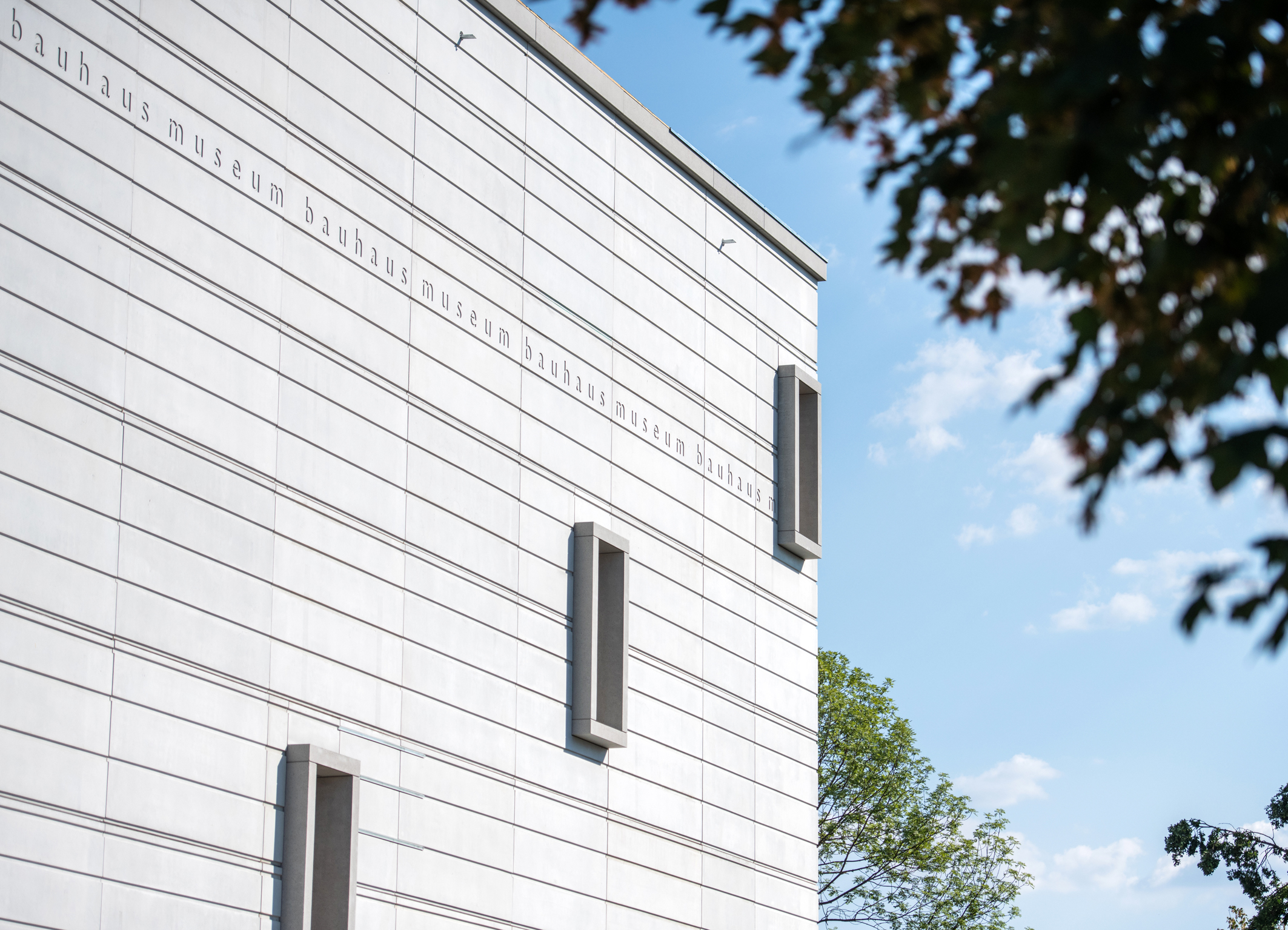
The museum will open next year as part of the country's celebrations around the 100-year anniversary of the birth of the Bauhaus movement. Photography: Thomas Mueller / Weimar GmbH
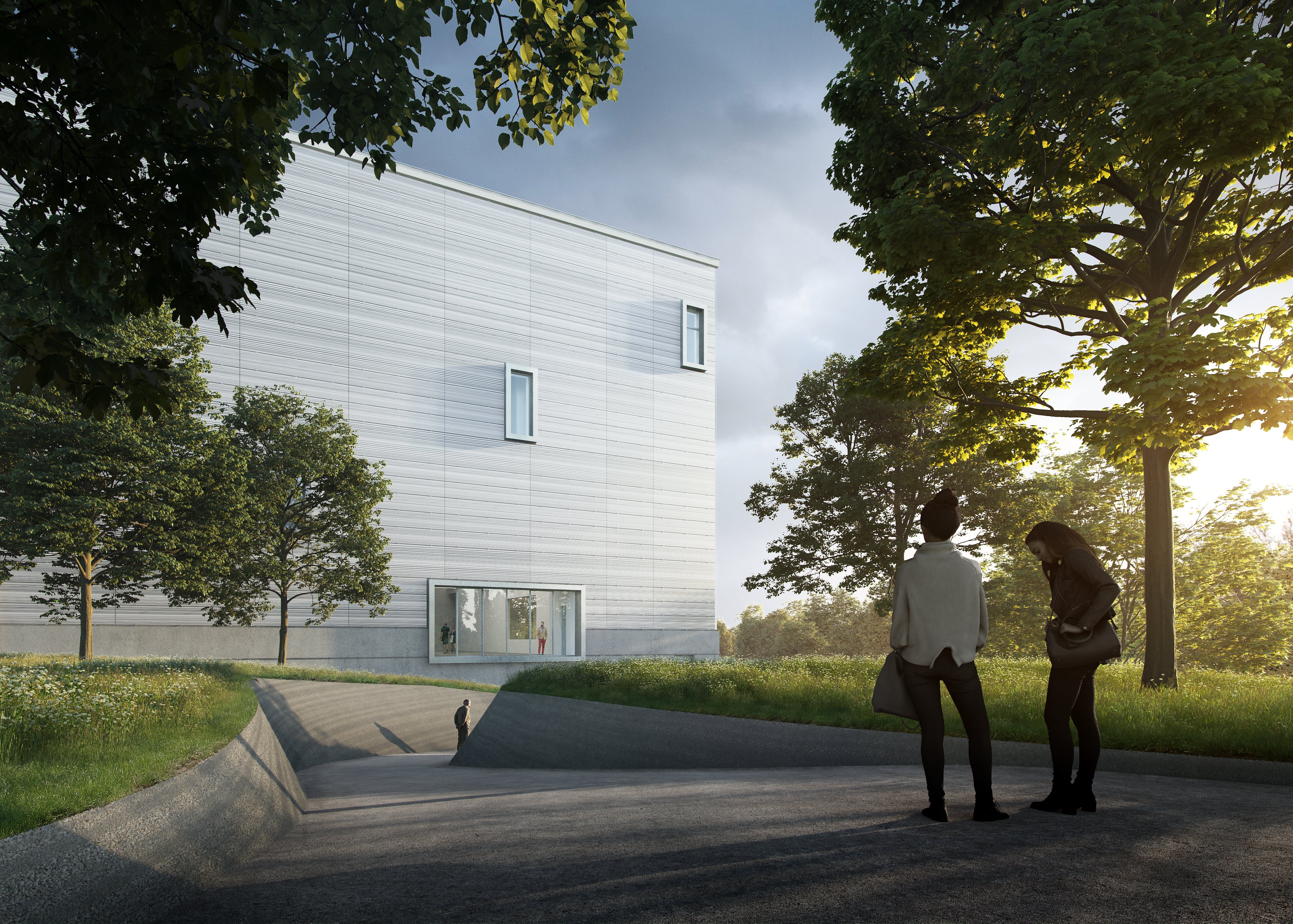
Weimar was the first home of Bauhaus, between 1919 and 1926. Image: bloomimages GmbH, courtesy Klassik Stiftung Weimar

The exhibits will span art, design and architecture. Image: heikehanada_laboratory of art and architecture, courtesy Klassik Stiftung Weimar
INFORMATION
For more information visit the website of Heike Hanada and the website of Benedict Tonon
Wallpaper* Newsletter
Receive our daily digest of inspiration, escapism and design stories from around the world direct to your inbox.
Giovanna Dunmall is a freelance journalist based in London and West Wales who writes about architecture, culture, travel and design for international publications including The National, Wallpaper*, Azure, Detail, Damn, Conde Nast Traveller, AD India, Interior Design, Design Anthology and others. She also does editing, translation and copy writing work for architecture practices, design brands and cultural organisations.
-
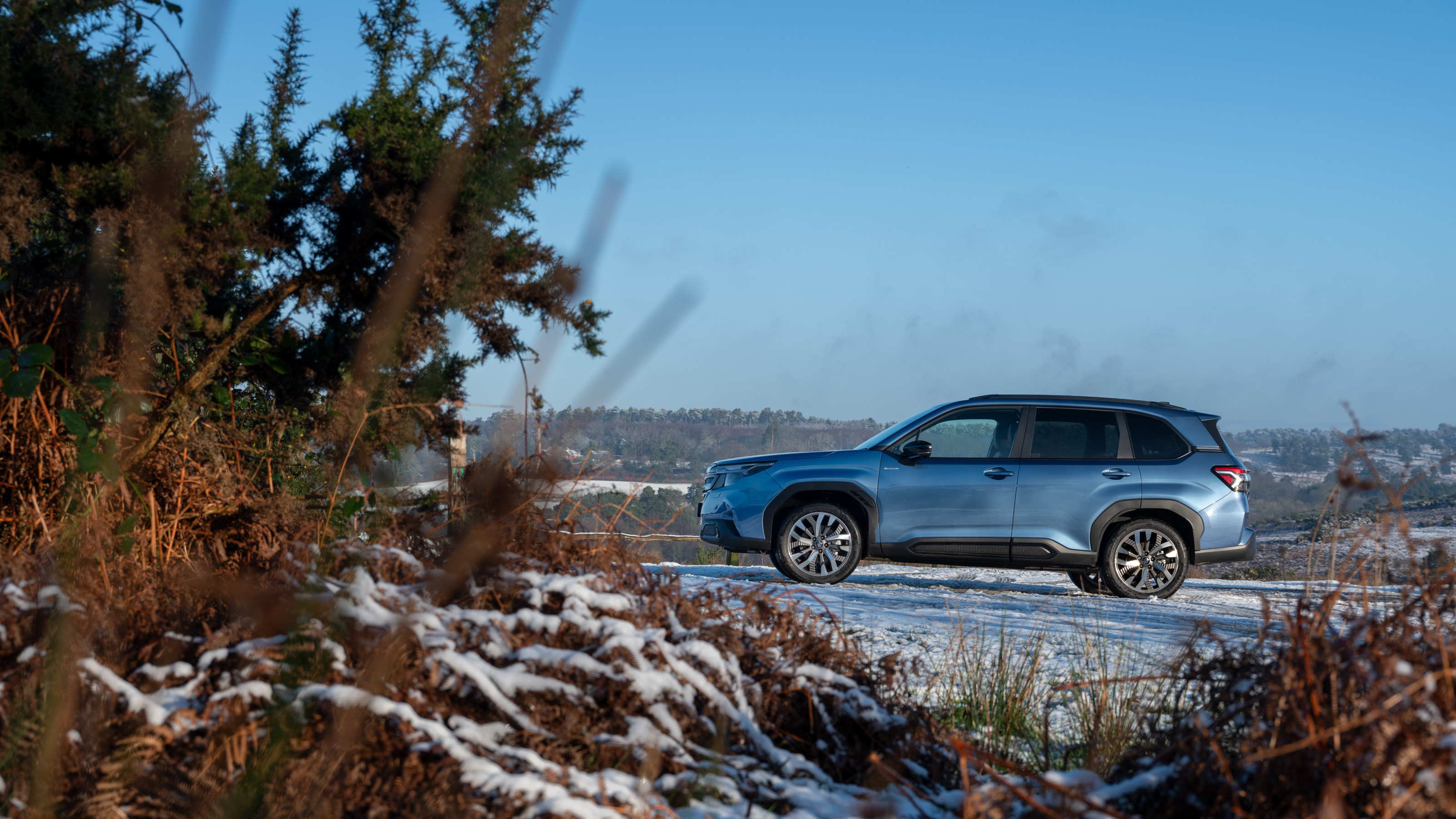 The Subaru Forester is the definition of unpretentious automotive design
The Subaru Forester is the definition of unpretentious automotive designIt’s not exactly king of the crossovers, but the Subaru Forester e-Boxer is reliable, practical and great for keeping a low profile
By Jonathan Bell
-
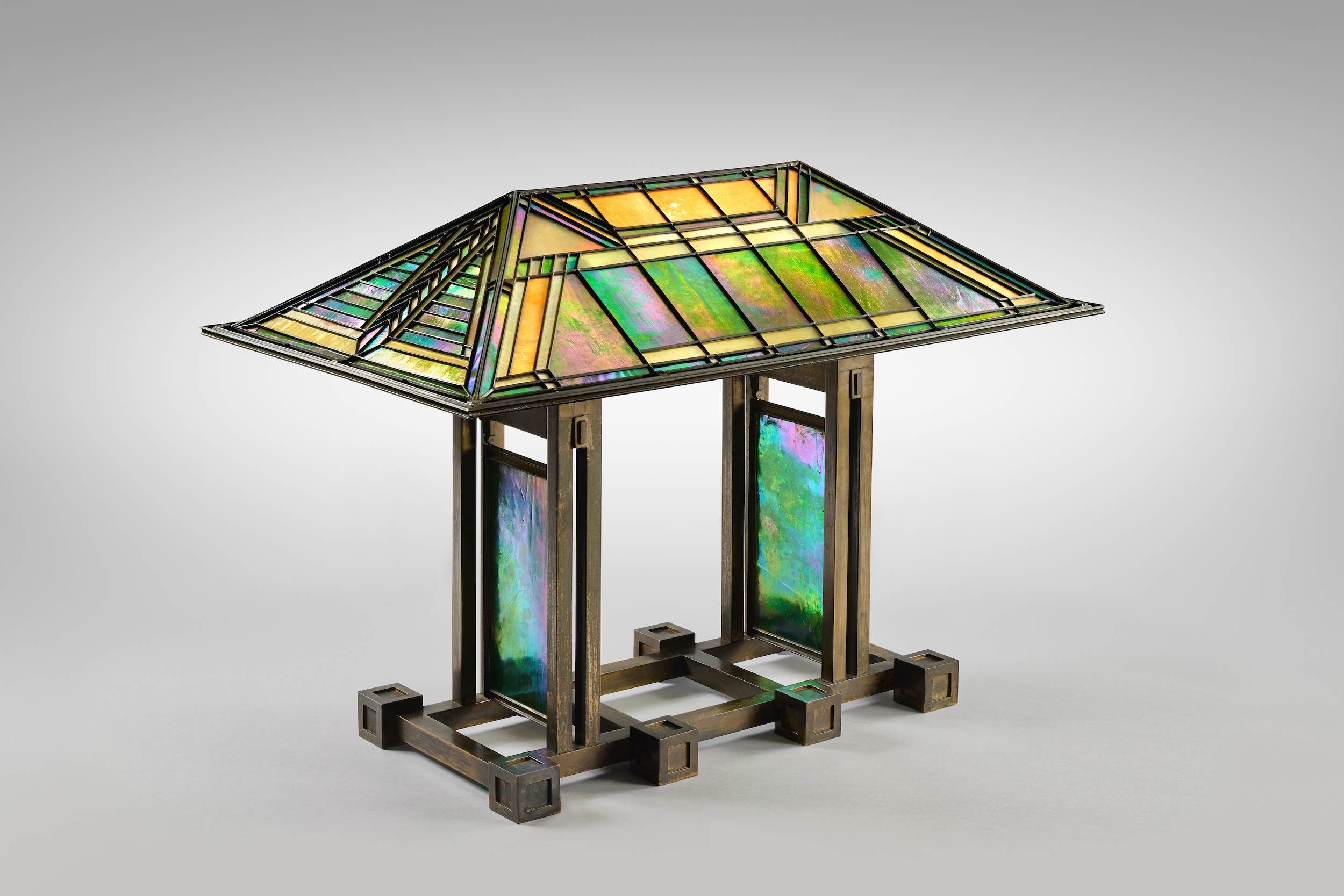 Sotheby’s is auctioning a rare Frank Lloyd Wright lamp – and it could fetch $5 million
Sotheby’s is auctioning a rare Frank Lloyd Wright lamp – and it could fetch $5 millionThe architect's ‘Double-Pedestal’ lamp, which was designed for the Dana House in 1903, is hitting the auction block 13 May at Sotheby's.
By Anna Solomon
-
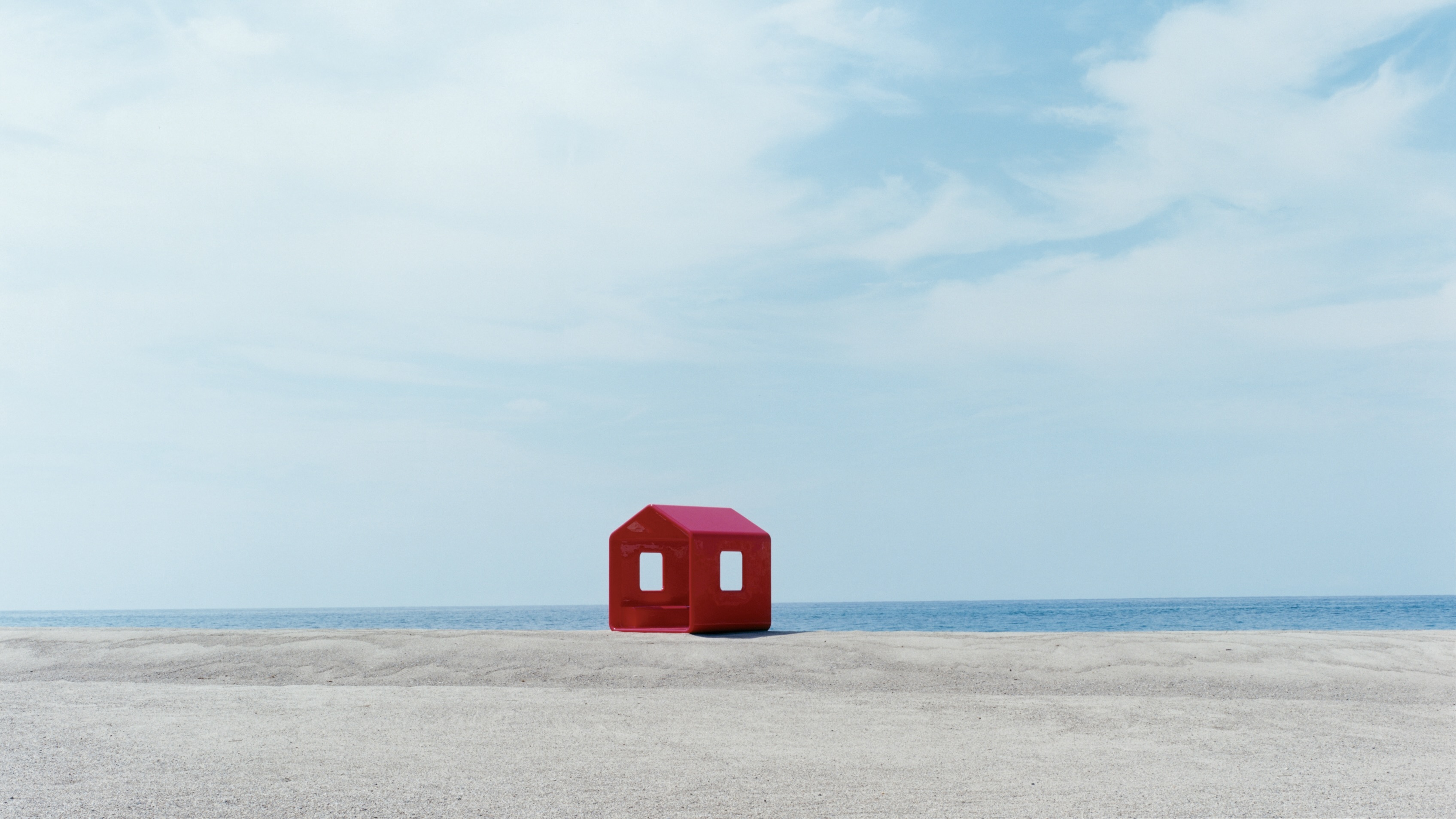 Naoto Fukasawa sparks children’s imaginations with play sculptures
Naoto Fukasawa sparks children’s imaginations with play sculpturesThe Japanese designer creates an intuitive series of bold play sculptures, designed to spark children’s desire to play without thinking
By Danielle Demetriou
-
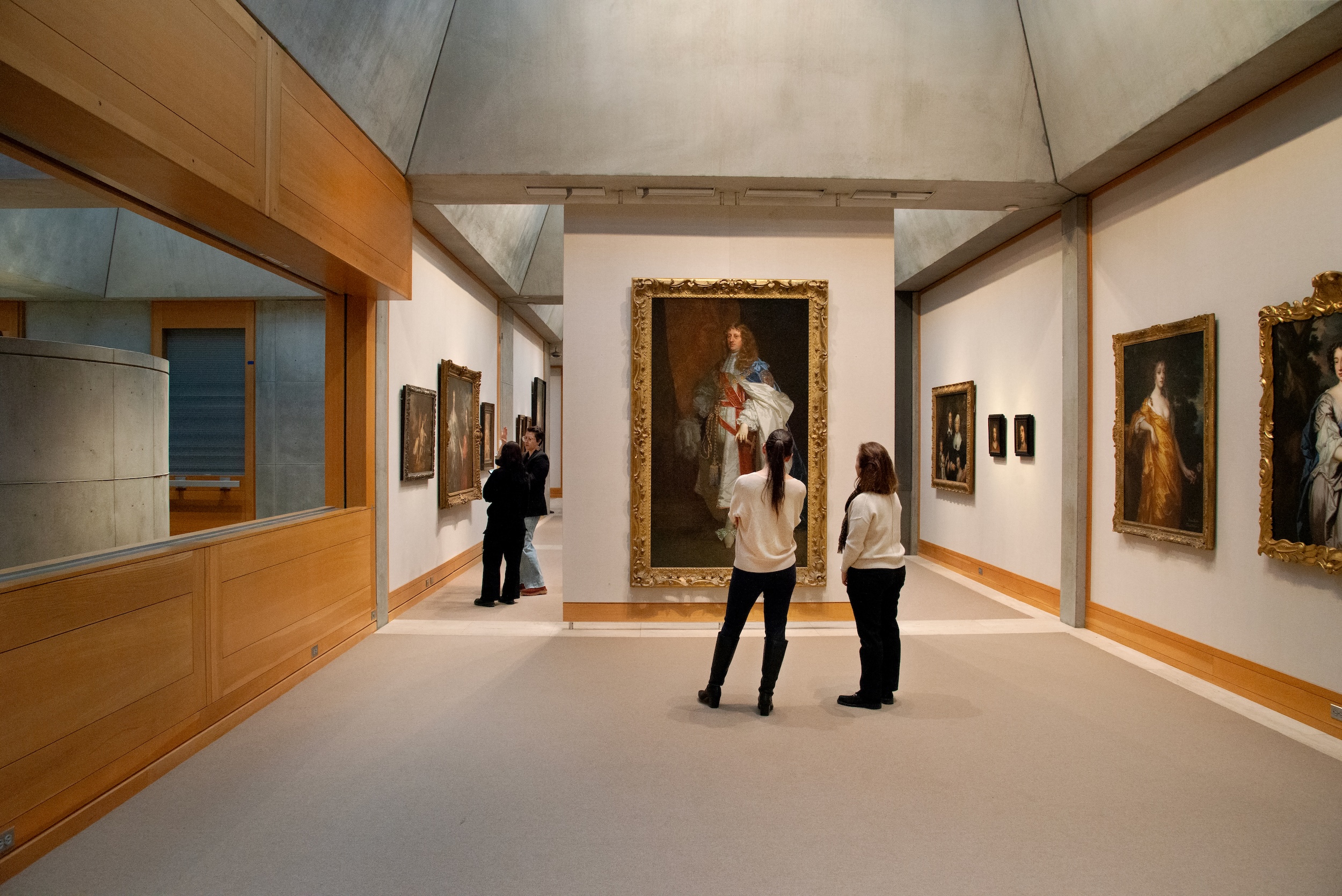 The Yale Center for British Art, Louis Kahn’s final project, glows anew after a two-year closure
The Yale Center for British Art, Louis Kahn’s final project, glows anew after a two-year closureAfter years of restoration, a modernist jewel and a treasure trove of British artwork can be seen in a whole new light
By Anna Fixsen
-
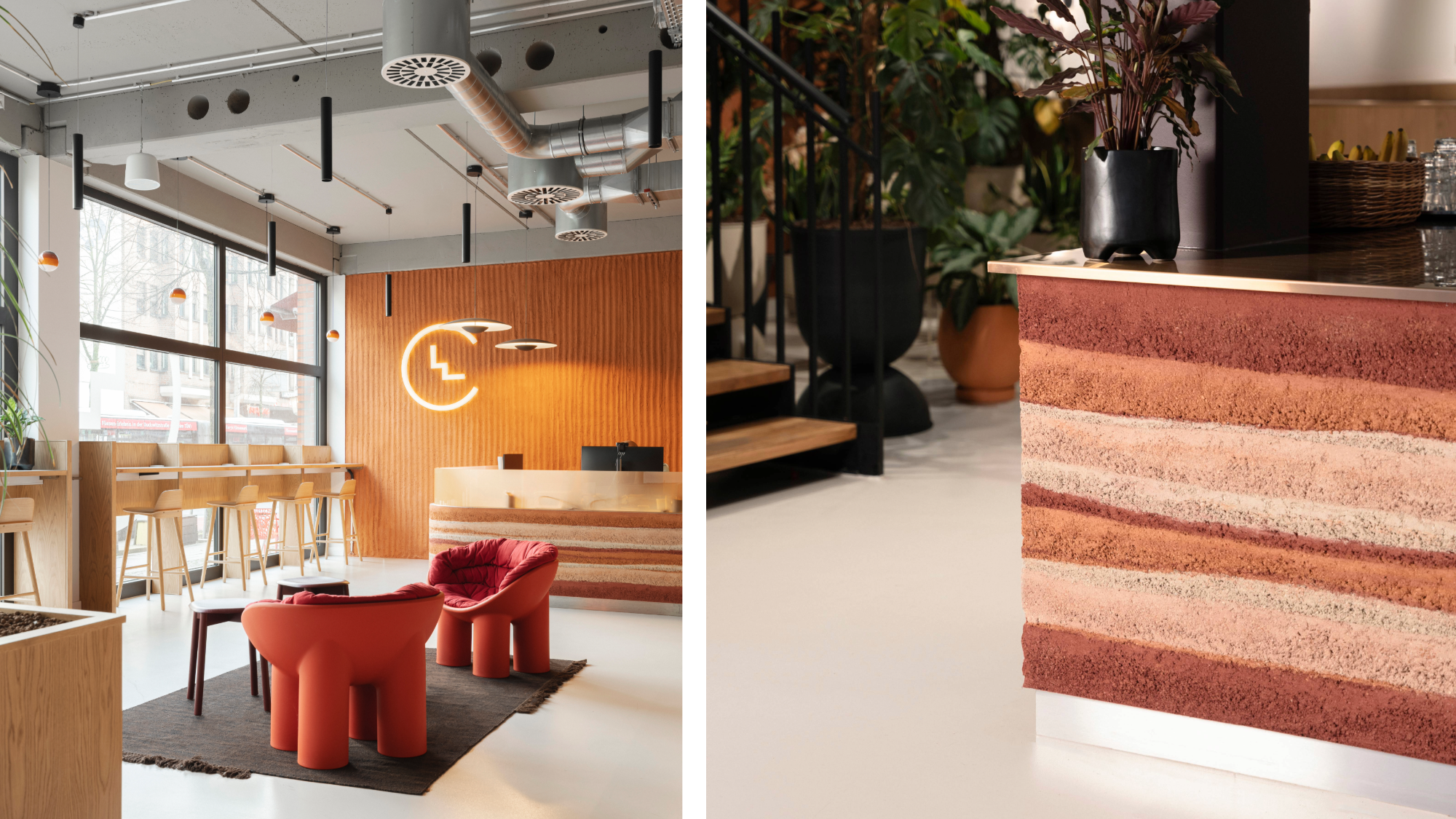 Step inside Clockwise Bremen, a new co-working space in Germany that ripples with geological nods
Step inside Clockwise Bremen, a new co-working space in Germany that ripples with geological nodsClockwise Bremen, a new co-working space by London studio SODA in north-west Germany, is inspired by the region’s sand dunes
By Léa Teuscher
-
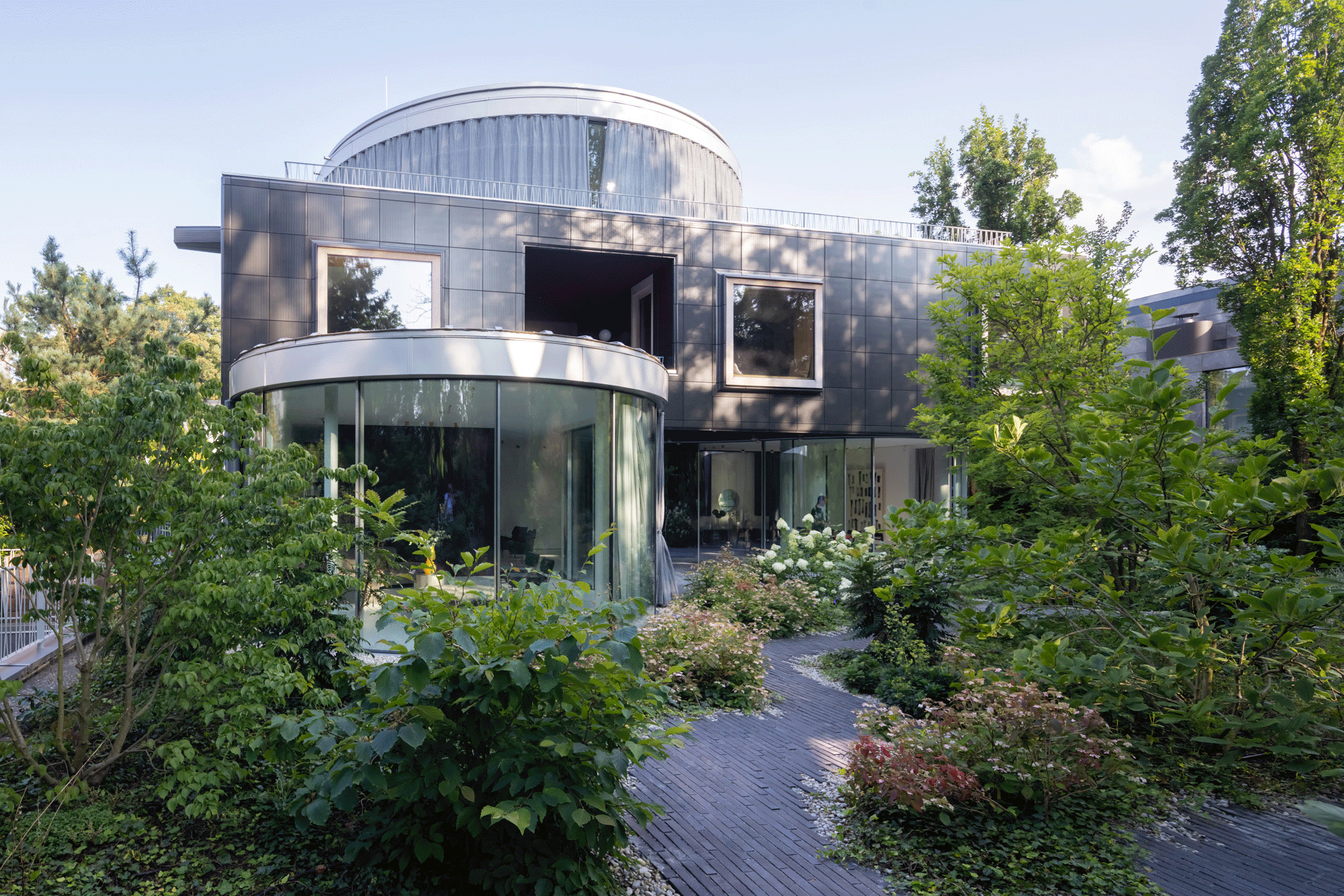 Join our world tour of contemporary homes across five continents
Join our world tour of contemporary homes across five continentsWe take a world tour of contemporary homes, exploring case studies of how we live; we make five stops across five continents
By Ellie Stathaki
-
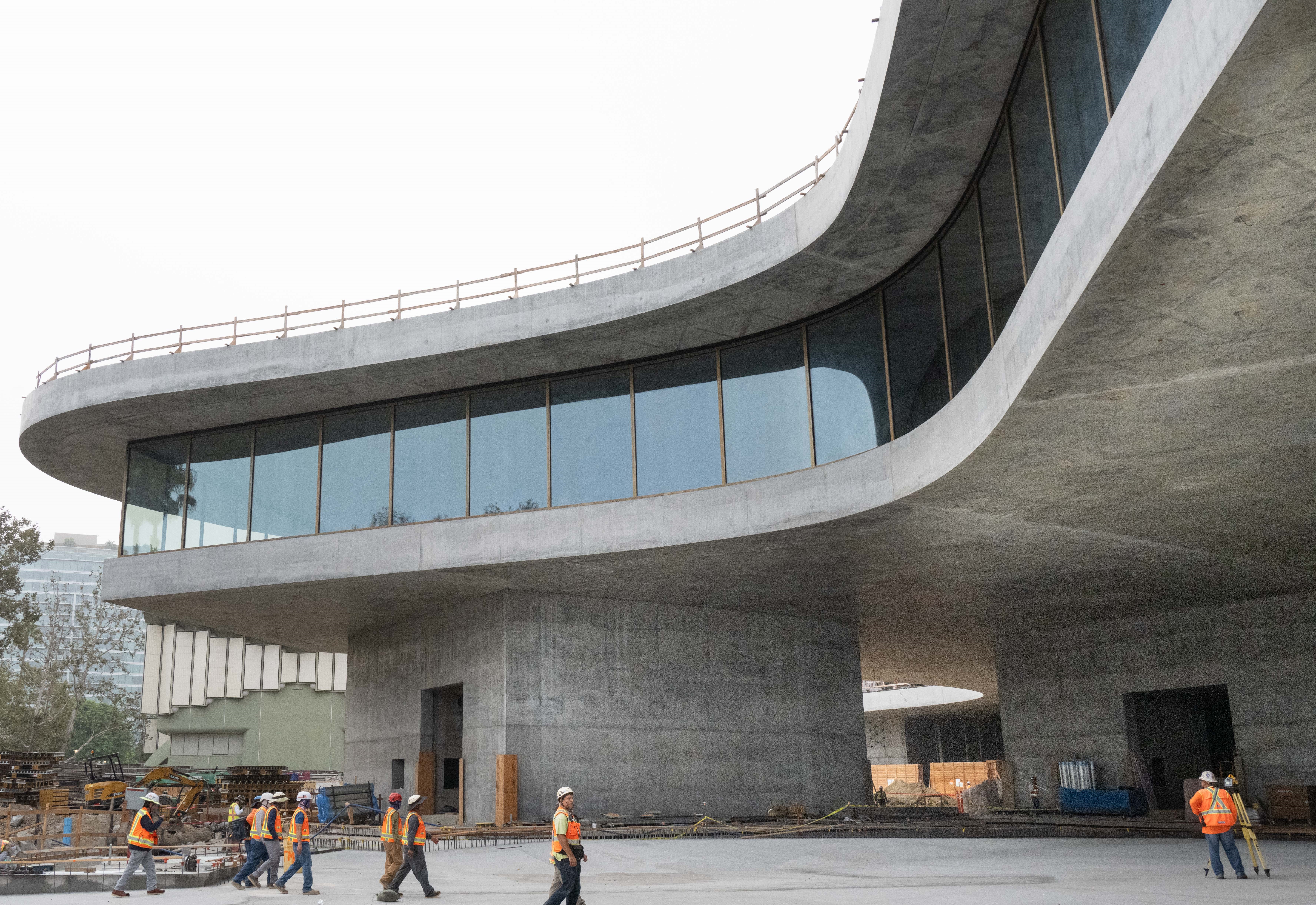 You’ll soon be able to get a sneak peek inside Peter Zumthor’s LACMA expansion
You’ll soon be able to get a sneak peek inside Peter Zumthor’s LACMA expansionBut you’ll still have to wait another year for the grand opening
By Anna Fixsen
-
 A weird and wonderful timber dwelling in Germany challenges the norm
A weird and wonderful timber dwelling in Germany challenges the normHaus Anton II by Manfred Lux and Antxon Cánovas is a radical timber dwelling in Germany, putting wood architecture and DIY construction at its heart
By Ellie Stathaki
-
 A Munich villa blurs the lines between architecture, art and nature
A Munich villa blurs the lines between architecture, art and natureManuel Herz’s boundary-dissolving Munich villa blurs the lines between architecture, art and nature while challenging its very typology
By Beth Broome
-
 NYC's The New Museum announces an OMA-designed extension
NYC's The New Museum announces an OMA-designed extensionOMA partners including Rem Koolhas and Shohei Shigematsu are designing a new building for Manhattan's only dedicated contemporary art museum
By Anna Solomon
-
 A Berlin park atop an office building offers a new model of urban landscaping
A Berlin park atop an office building offers a new model of urban landscapingA Berlin park and office space by Grüntuch Ernst Architeken and landscape architects capattistaubach offer a symbiotic relationship between urban design and green living materials
By Michael Webb